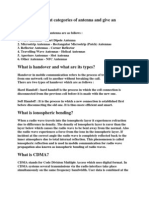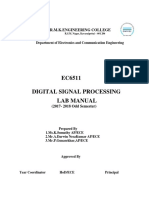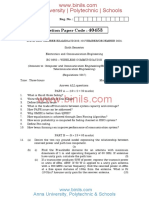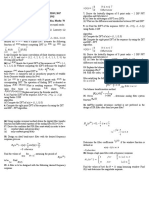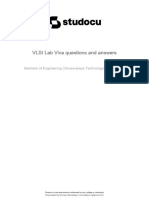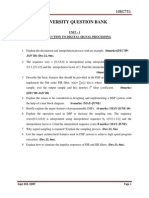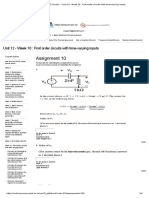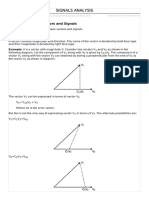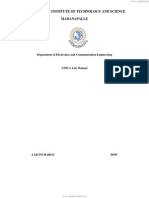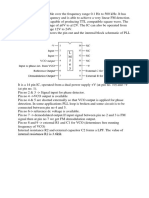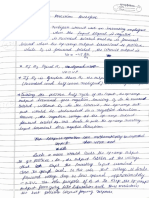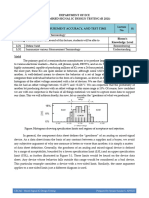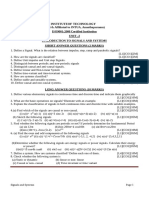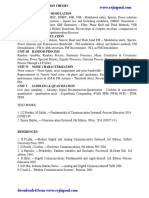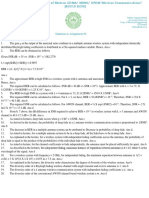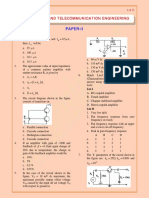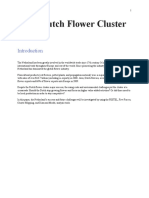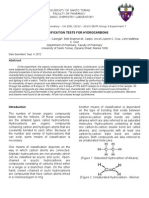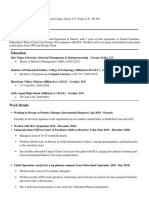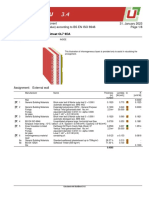0% found this document useful (0 votes)
326 views4 pagesAssignment 9 Microelectronics Devices To Circuits
This document contains 10 questions and explanations regarding electronics concepts such as time constants, bandwidth, gain, feedback, capacitances, and the cascode amplifier configuration. Key points covered include calculating time constants and bandwidth, how feedback and miller capacitance affect gain and frequency response, characteristics of common source and source follower amplifiers, and the purpose of a common gate transistor in a cascode configuration.
Uploaded by
A21126512117 SUKALA ABHIRAMCopyright
© © All Rights Reserved
We take content rights seriously. If you suspect this is your content, claim it here.
Available Formats
Download as PDF, TXT or read online on Scribd
0% found this document useful (0 votes)
326 views4 pagesAssignment 9 Microelectronics Devices To Circuits
This document contains 10 questions and explanations regarding electronics concepts such as time constants, bandwidth, gain, feedback, capacitances, and the cascode amplifier configuration. Key points covered include calculating time constants and bandwidth, how feedback and miller capacitance affect gain and frequency response, characteristics of common source and source follower amplifiers, and the purpose of a common gate transistor in a cascode configuration.
Uploaded by
A21126512117 SUKALA ABHIRAMCopyright
© © All Rights Reserved
We take content rights seriously. If you suspect this is your content, claim it here.
Available Formats
Download as PDF, TXT or read online on Scribd
/ 4
